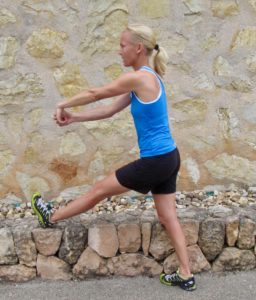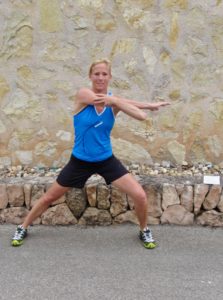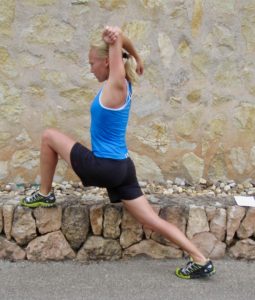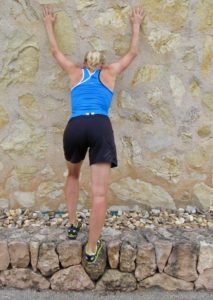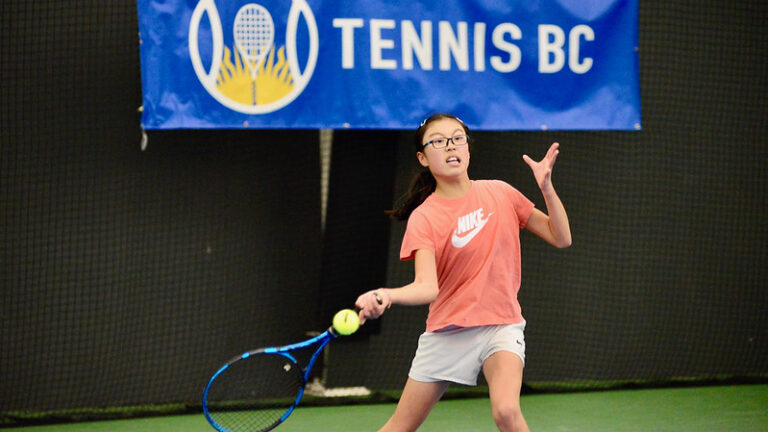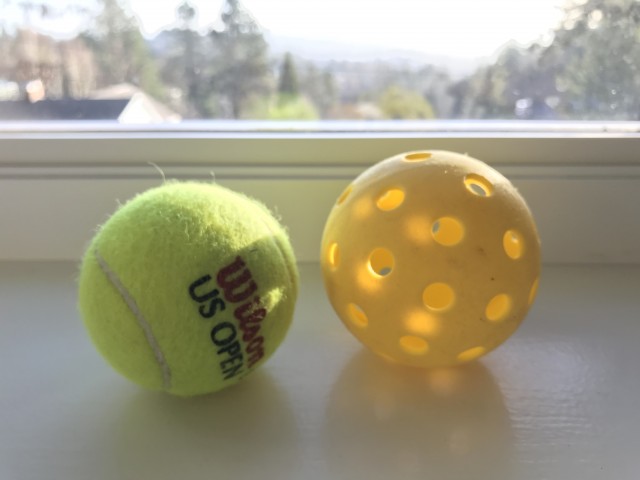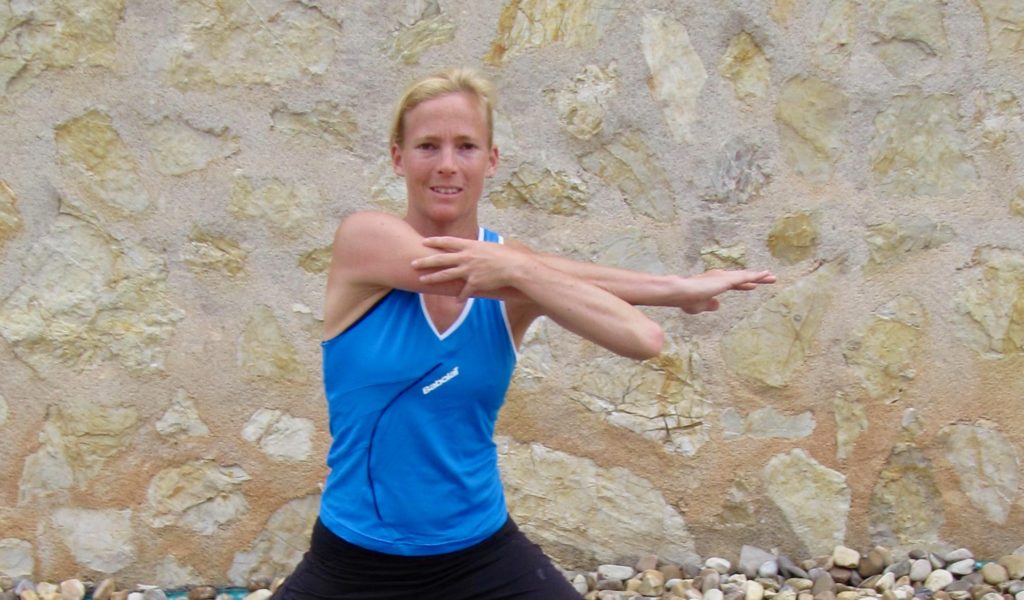
By Carl Petersen, BPE, BSc(PT), City Sports Physiotherapy Clinic
All ages of tennis enthusiasts can improve performance and protect against injury simply by doing static stretching after training. Research indicates that stretches prior to exercise did not prevent injuries, however additional static stretches after training and before bed resulted in 50 % fewer injuries to the lower extremities (legs). Unfortunately, when time comes at a premium, the first thing to go is the most boring—stretching. But static stretching is important, not only to aid recovery and keep the body moving well, but also to prevent injury. Normally, the muscles and tendon complexes will act as mini-shock absorbers for all of your the joints. However, if they are shortened, stiff and tense the shock absorption capabilities are decreased, leading to stress on the joints and other soft tissue structures.
Always be sure to perform a proper dynamic warm-up before training or playing (more about that in future blogs). But save the aggressive static stretching for after the training session since the research also shows aggressive stretching before activity may decrease performance.
For busy people with long days at work and youngsters with lots of after school activities doing 10 different stretches may be too time consuming on a daily basis. Choosing stretches that are multi-muscle and multi-joint can maximize stretching effectiveness while minimizing time spent. To help you get started we have come up with some sample “paired stretches” involving 2 muscle groups to help guide you. These muscle groups are often the most shortened after playing and training and deserve your attention. Try holding each static stretch for a minimum of 30 seconds-to the point of tension only-NOT pain and repeat 2-3 times.
Players should develop a comprehensive static stretching routine that is performed consistently 4-5 days per week or more after training and comprises at least 6-10 stretches. Normally static stretching is best performed when muscles are warm. So doing a light active warm-up (achieve a light sweat) beforehand is beneficial or passive warm-up with hot shower, sauna or whirlpool. Stretches can be done while on the phone, computer, watching TV or when in the sauna or whirlpool. Good luck with your training and keeping fit to play.

Carl Petersen is a partner/physiotherapist at City Sports Physiotherapy Clinic in Vancouver. He is an internationally recognized speaker and has co-authored the book Fit to Play™ Tennis as well as a variety of other training resources with former WTA professional and current coach and exercise model Nina Nittinger based in Davos Switzerland.
